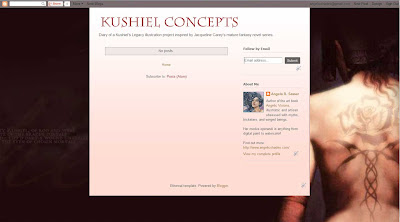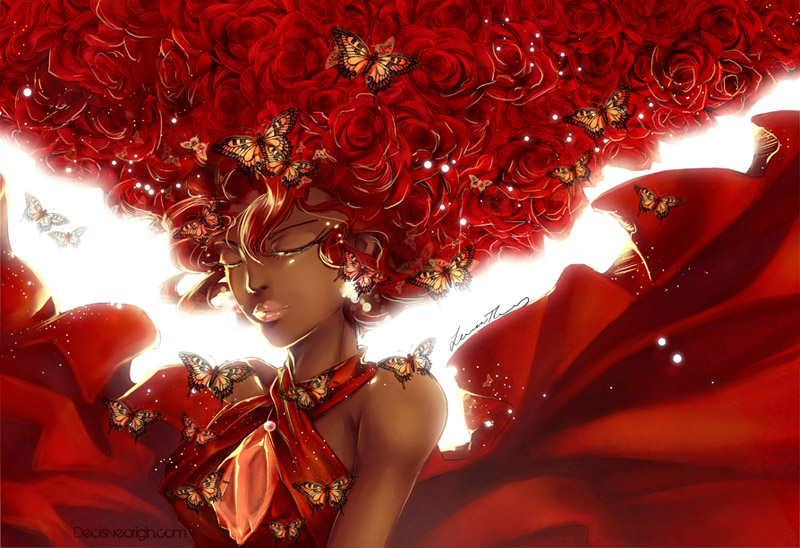This week I tentatively rolled out a section on my website for Creative Consulting.
What means this ‘consulting’? Well, some of you might remember my Portfolio Reviews and Critique Corner articles here on this blog where I was able to provide direct feedback and helpful resources to artists wishing to improve their work.
Sadly, these sections of my blog have faded away after I realized I just don’t have the time anymore to do them. I’ve been increasingly busy dedicating myself to my own portfolio work as well as nurturing commission work on a grander scale than I ever have before.
However, I really, really hate to see these columns go and I stand behind the way this kind of direct interaction and critique can help other artists in a profound way. As such, I am still offering portfolio reviews and critiques for modest fees, which you can view the rates here. If you have a surplus of deviantART points, I also take payment in points for the red lines and paint overs here.
This is a way for you to work with me directly without having to catch me in-person at a convention. We also won’t have to worry about your subject matter, which I would previously have had to censor if it was going to be featured on this blog, which I try to keep Safe for Work.
 |
| An example of a paint over and critique featuring the art of Kim Ravenfire. You can read the full critique here. |
 |
| An example of a red line featuring the art of Judith Mayr. You can read the full critique here. |
I still plan to participate in critiques online in places like the GoldenCritique-Club on dA and WiPnation, but I will only be able to do so when my schedule, interest, and projects allow.
In addition to paint overs and portfolio reviews, I am also tentatively offering online art marketing consultations. I’ve always wanted to do this, but felt I could not until I was at a point in my career where the methods I have studied and experimented with have yielded tangible results so that I can be confidant and justified when advising other artists.
E-marketing and its potential for artists is a passion of mine which I have studied professionally in the Arts Administration program at The Savannah College of Art and Design. There, I earned my MA after the completion of my thesis focusing on the evolution of audiences and patrons via the expansion of the internet and its social venues.
I’m excited to finally be able to apply what I have learned on a grander scale! I have previously only provided advice via panels at conventions, blog posts at this journal, and private interactions with artists I know seeking advice on expanding their business.
These sessions are meant specifically for individual artists and will focus on their current e-marketing strategies, filling the gaps of their e-marketing knowledge, and discussing which online venues might work best when considering their work.
For those who are new to my work and don’t know my history in being able to critique art or speak on the topic of e-marketing for artists, you can also read about my credentials and experience with these subjects on the Creative Consulting page.
I’m excited to foster this new way of connecting and helping other artists! I look forward to what amazing work you guys might send my way and the trust you might place in me in helping to improve your future work.








